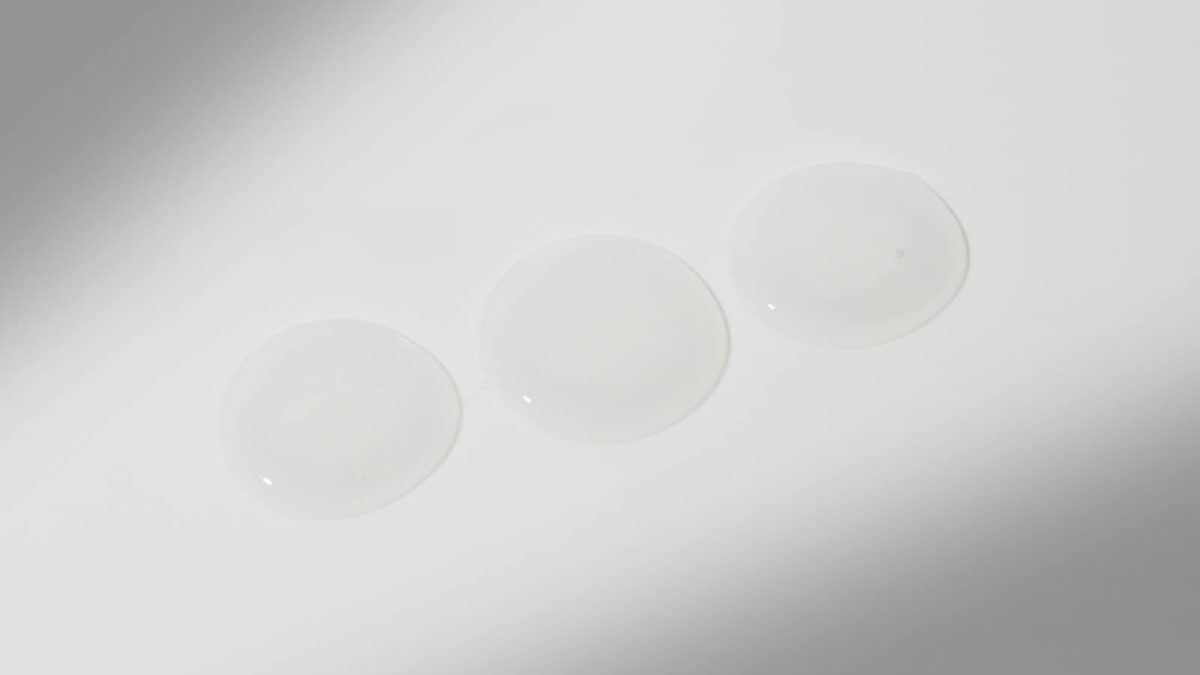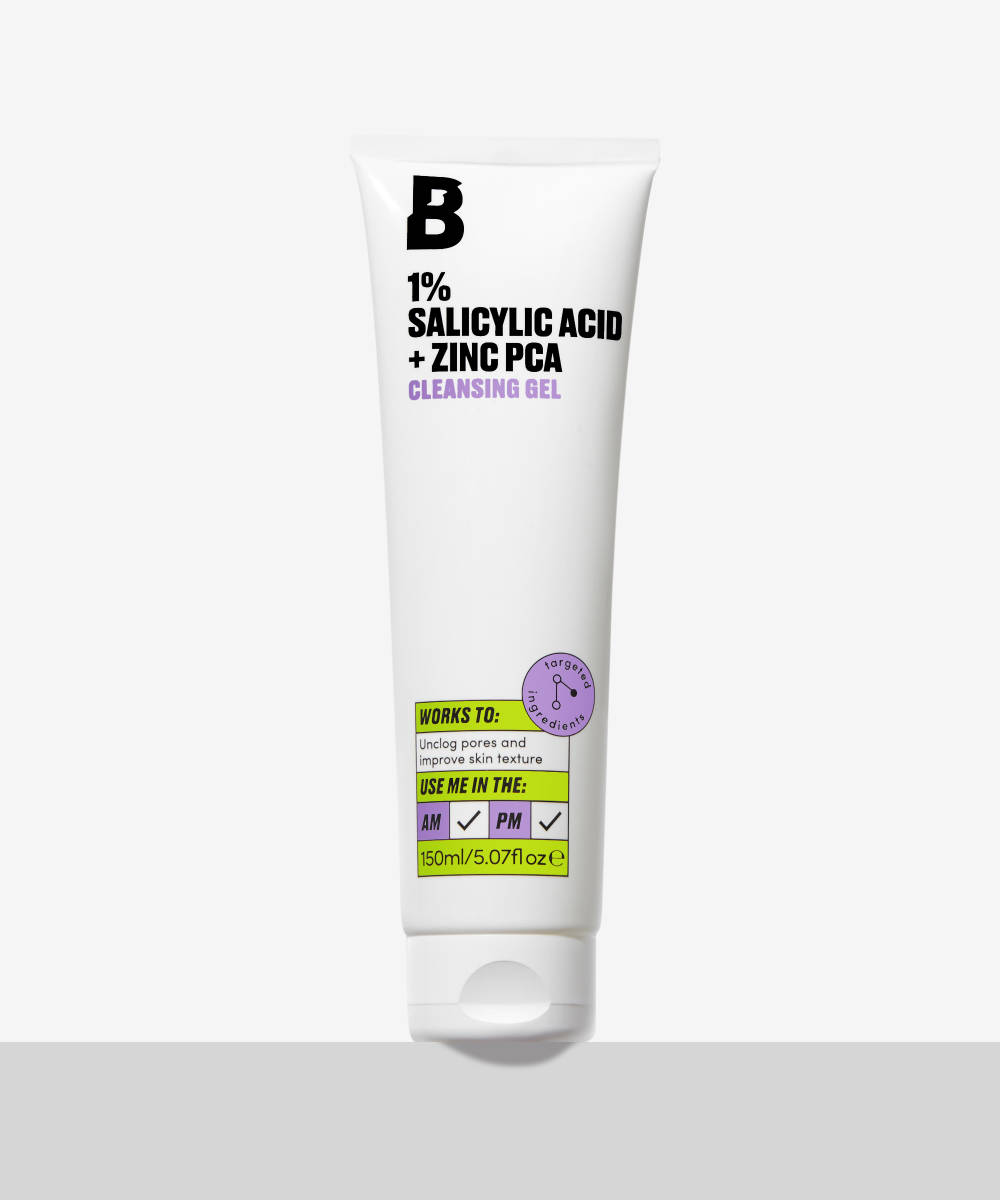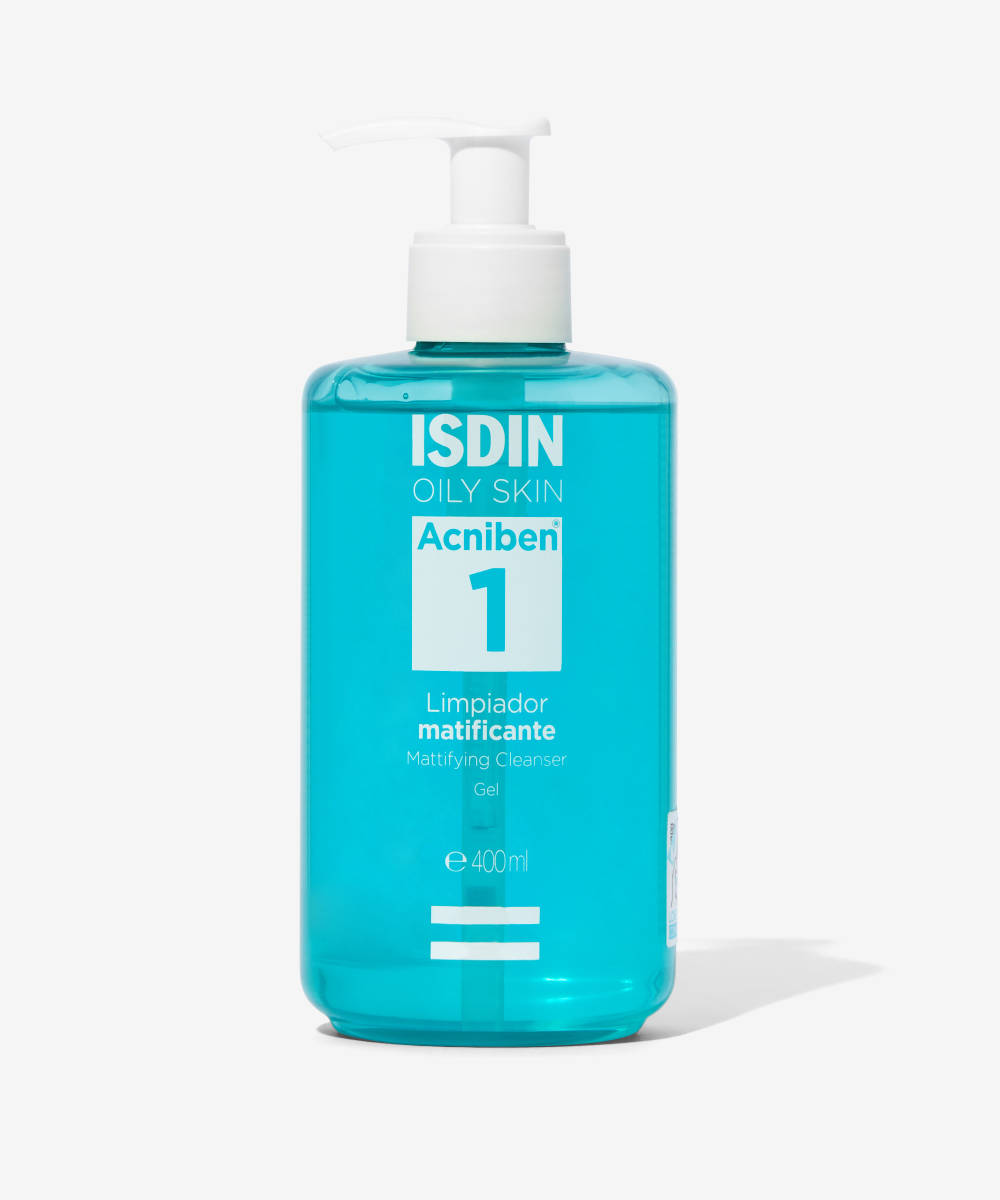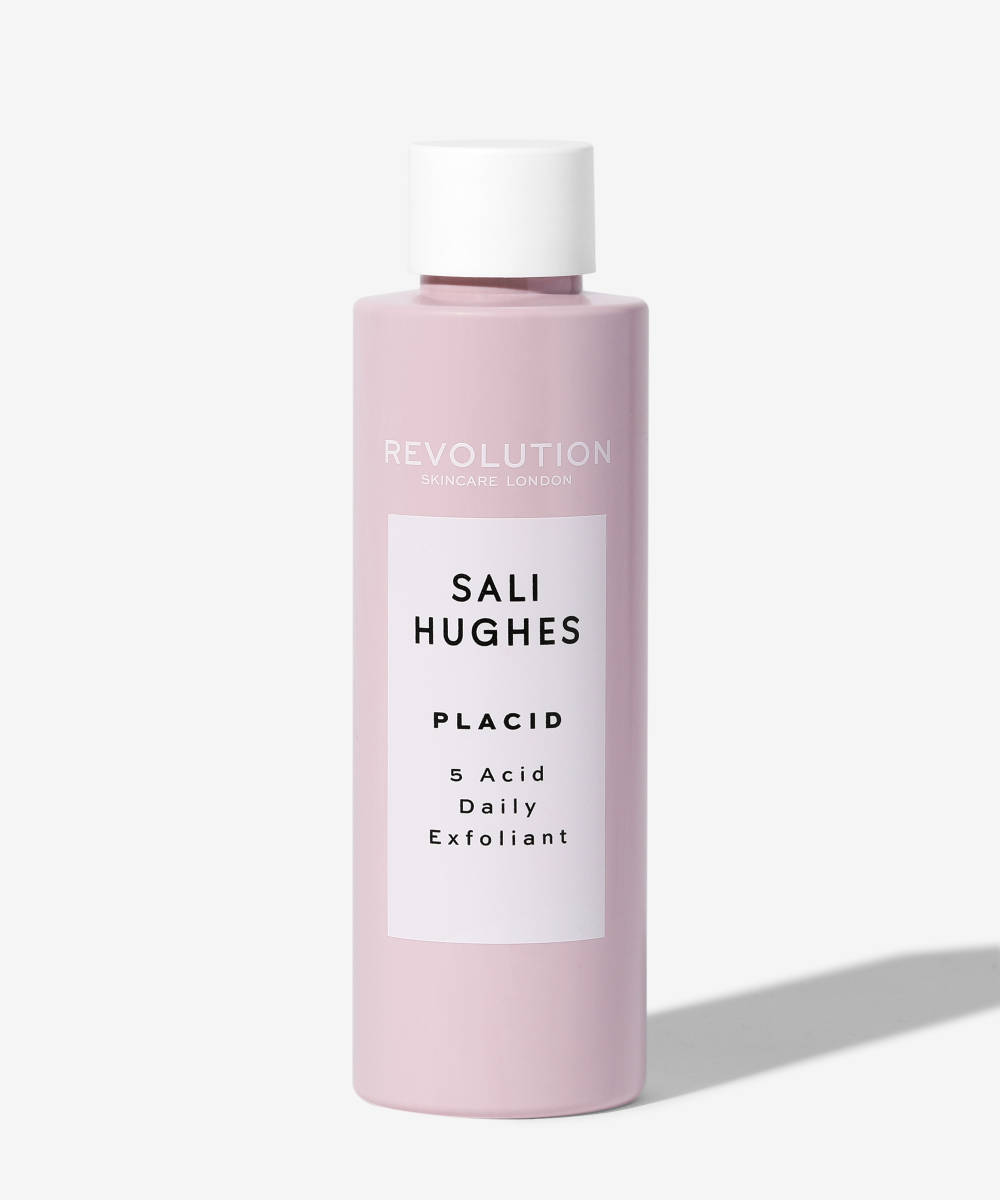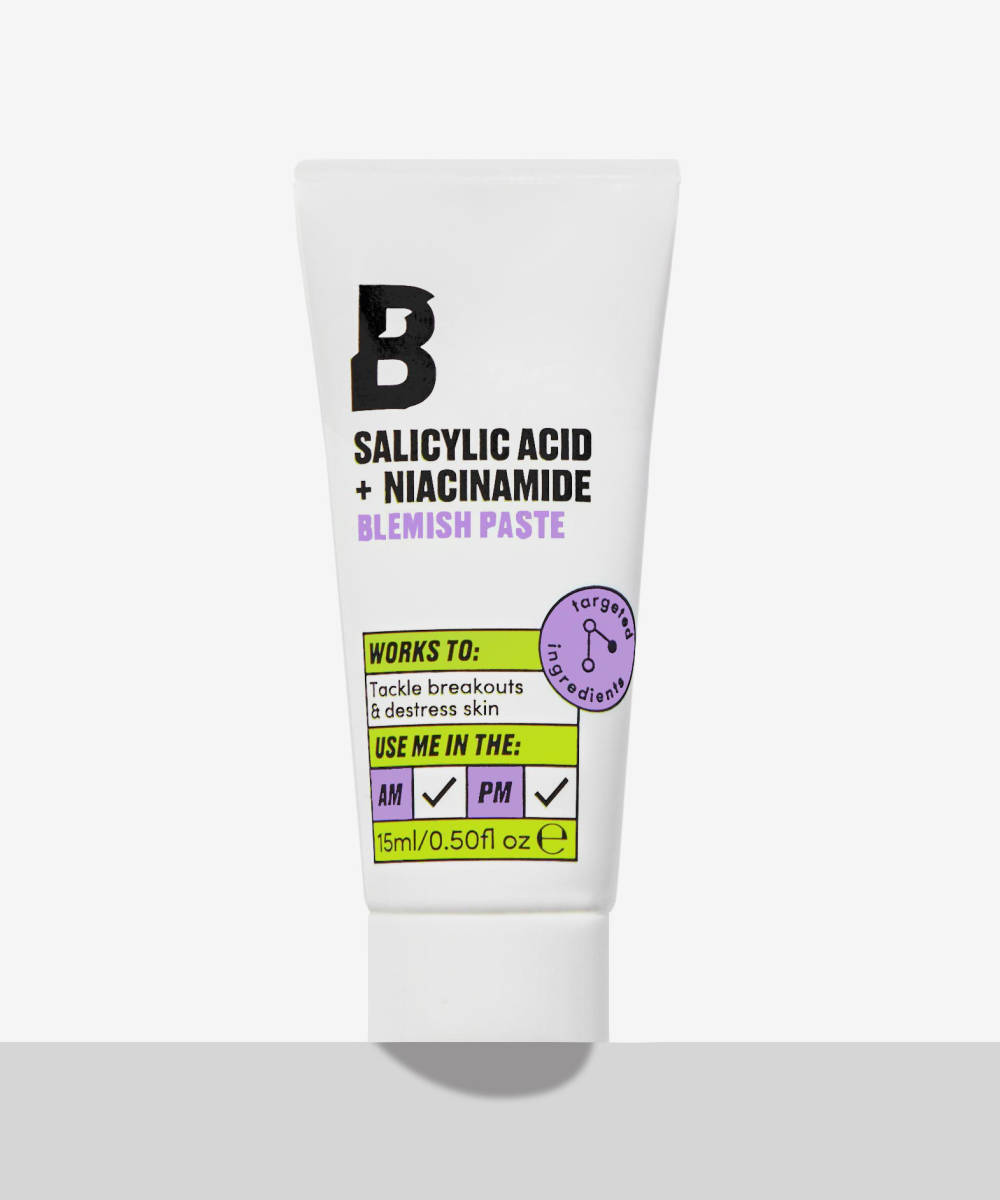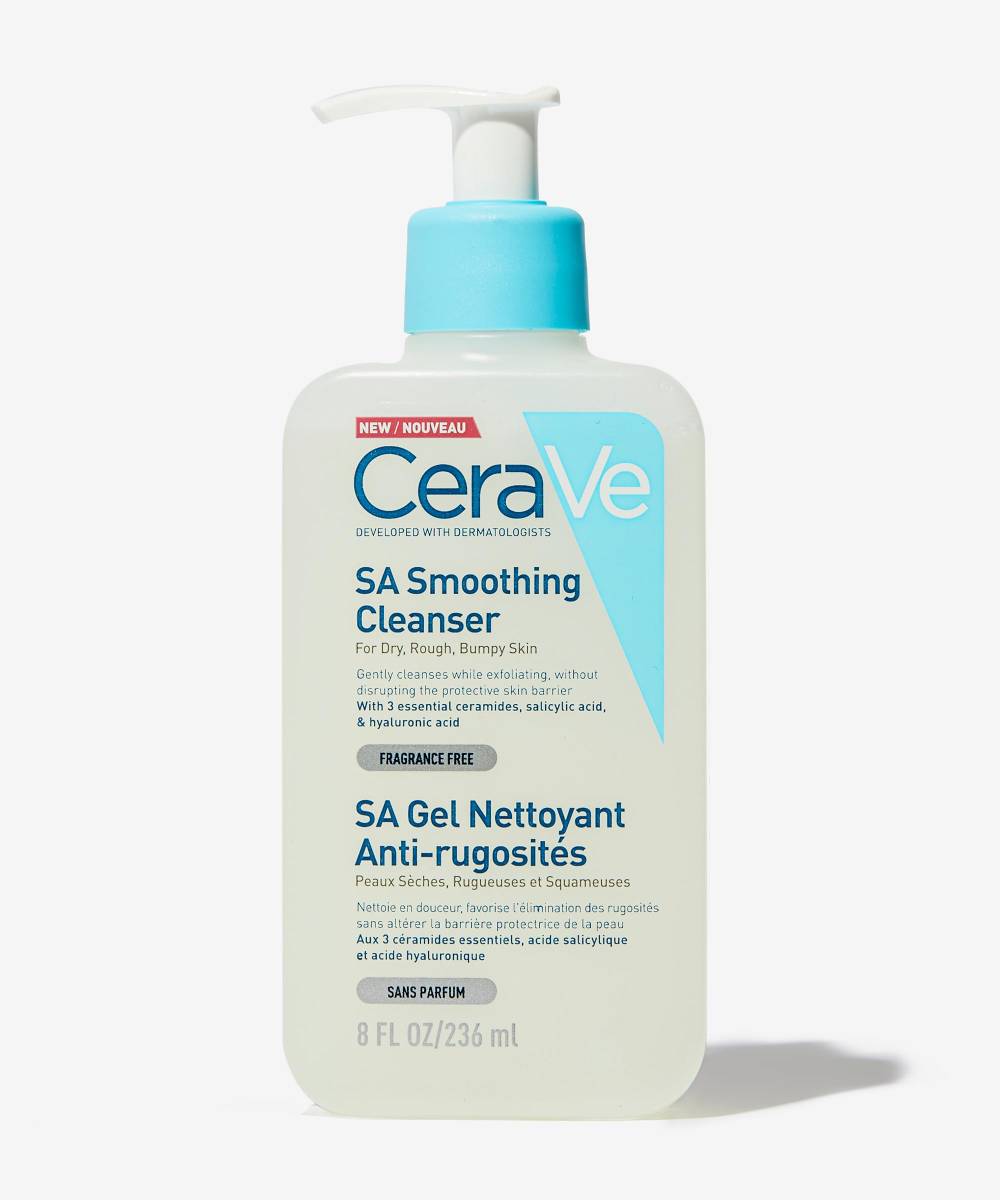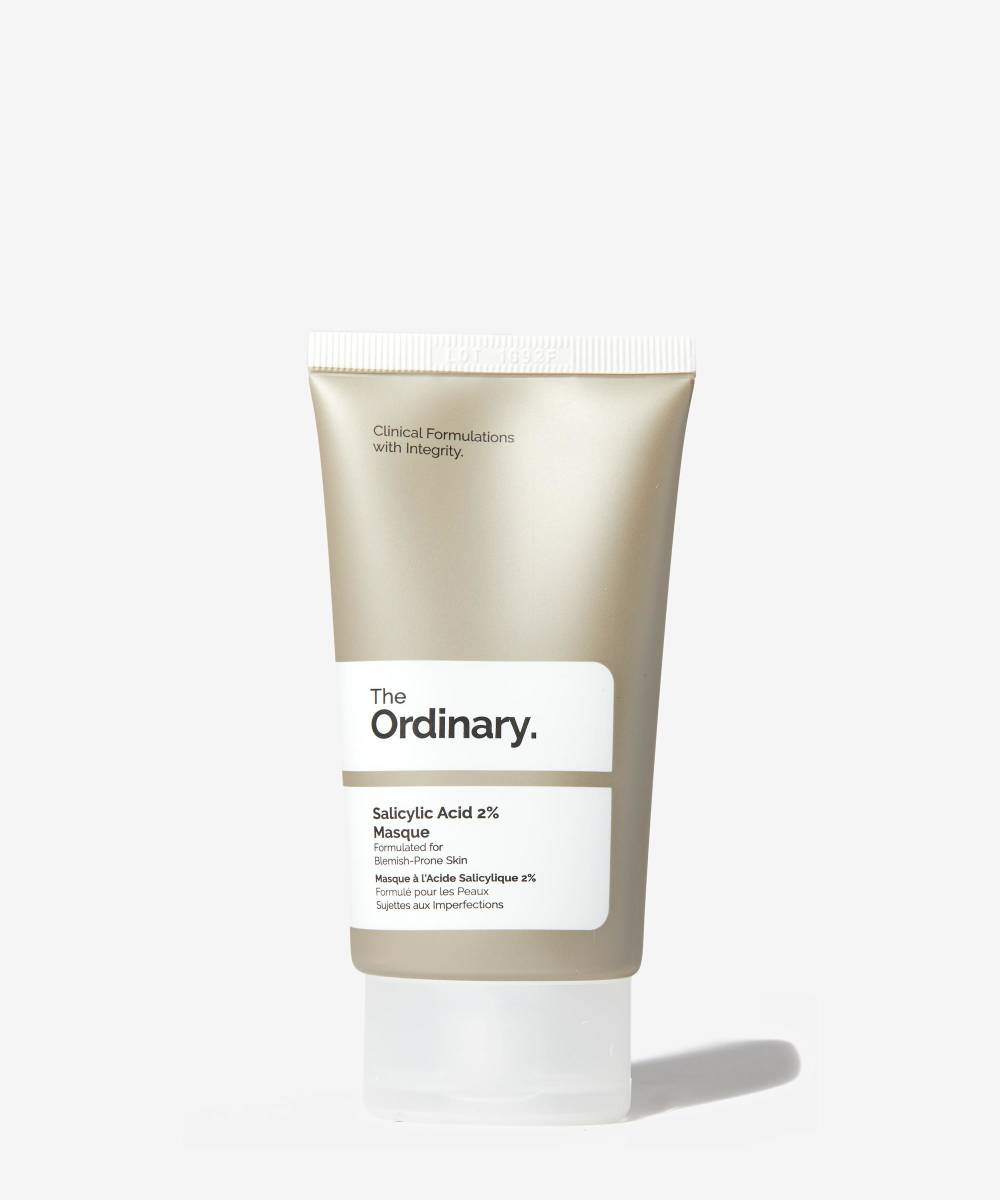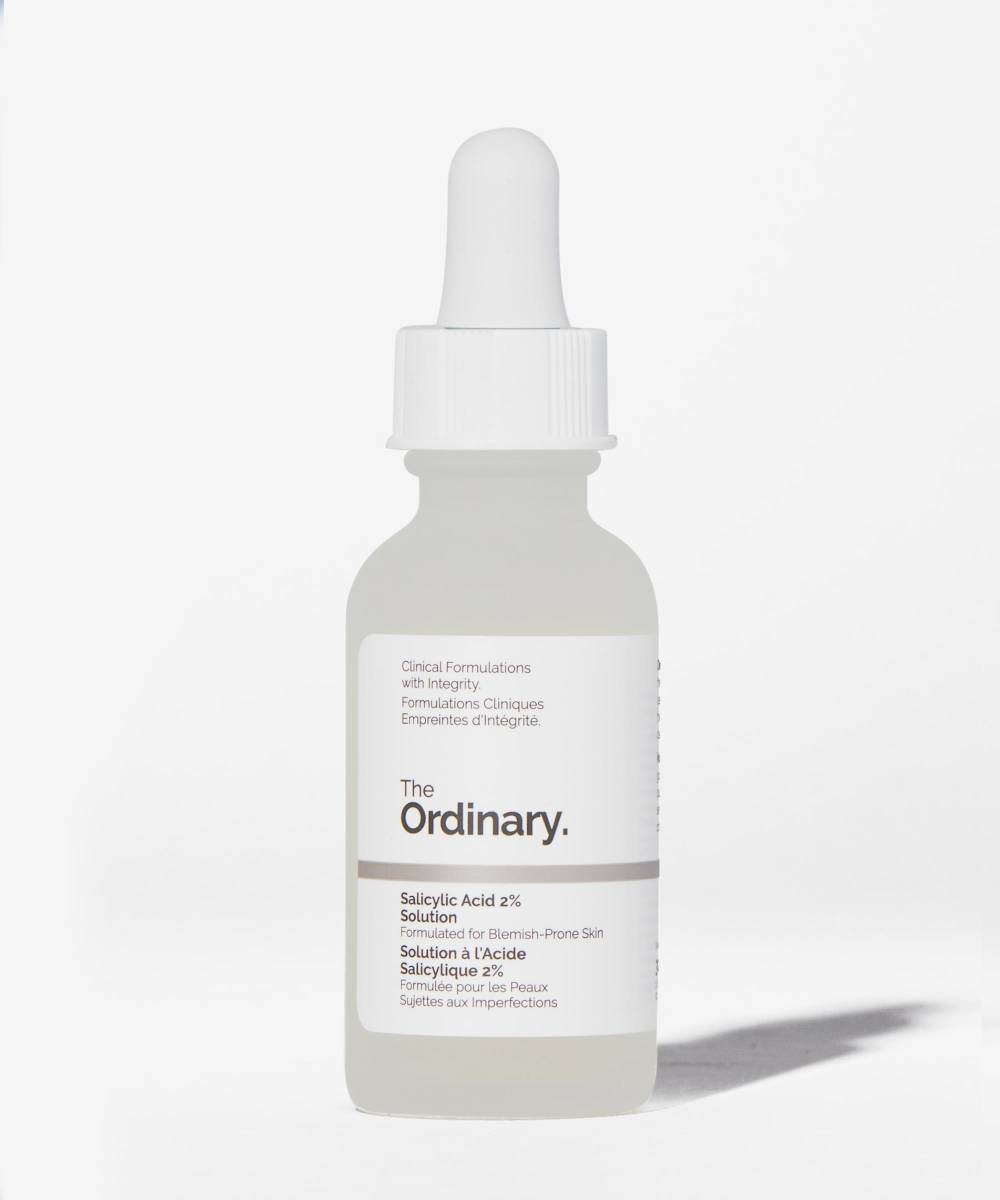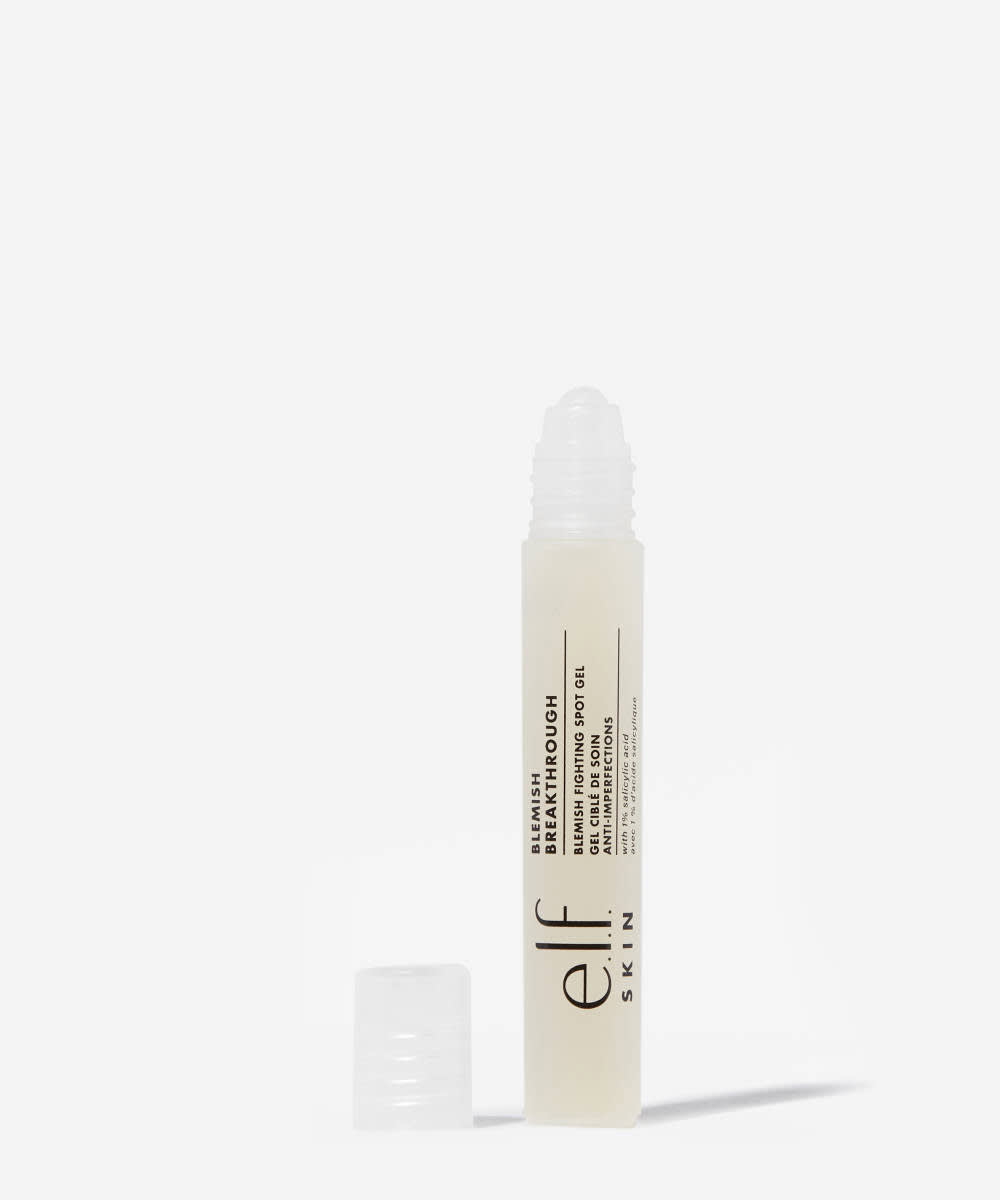Salicylic acid is a key ingredient which you’ve probably seen in many cleansers, face masks, and breakout treatments. Thanks to its antibacterial properties and its ability to deeply exfoliate skin to unclog pores, it’s a highly-recommended ingredient for anyone dealing with oily skin, blackheads, or acne. But if you’re wondering exactly what salicylic acid is and how it works, then you’ve come to the right place. Scroll down for our deep dive into salicylic acid.
What is salicylic acid?
Derived from willow bark, salicylic acid is a beta hydroxy acid (BHA) which (thanks to its molecule size) has the unique ability to deeply penetrate through multiple layers of skin and to penetrate through oil. This is what makes it unique to alpha hydroxy acids (AHAs) like glycolic and lactic acid, which can only exfoliate the surface layers.
How does salicylic acid work?
Salicylic acid penetrates the surface of the skin and dissolves the ‘glue’ that holds cells together – this breaks down dead skin cells which clog pores, so reduces the appearance of blackheads and prevents breakouts from occurring. Because it has the ability to penetrate through oil, it’s really effective at reducing sebum and works especially well as an exfoliant for those with oily complexions. What’s more, salicylic acid is antibacterial and anti-inflammatory, so it helps to calm the redness and swelling of existing blemishes as well as preventing new ones.
What does salicylic acid do?
If you experience breakouts, oily skin, stubborn blackheads, or acne, salicylic acid will be a valuable ingredient to add to your routine. You’ll find salicylic acid is often included within cleansers and face masks, but you can also buy it in more concentrated forms such as serums and toners. These are best used in a targeted way (as a spot treatment dotted onto blemishes) as salicylic acid can dry out and irritate the skin if over-used.
When should I use salicylic acid?
Depending on the type of product you use, you can use salicylic acid in your morning and evening routines, but you should be careful of over exfoliating skin. Salicylic acid cleansers are generally gentle enough to use daily and you may want to use a targeted spot treatment daily until a breakout has cleared. However salicylic acid masks and toners should be used less frequently. When using any kind of exfoliant, make sure an SPF is always included in your daily routine (exfoliants increase your skin’s sensitivity to UV).
